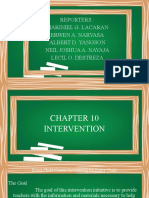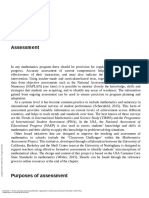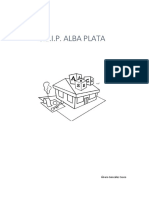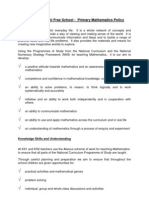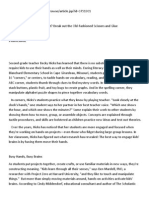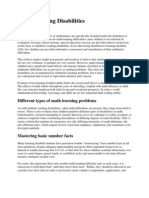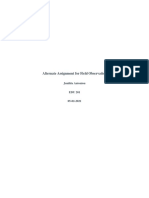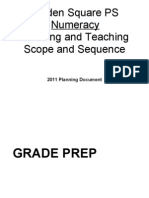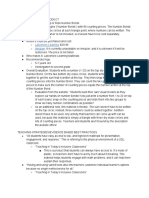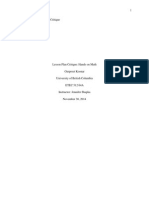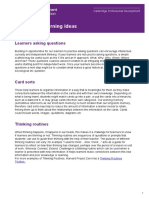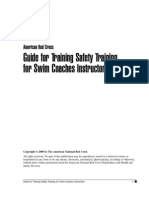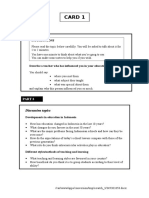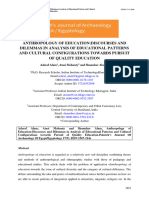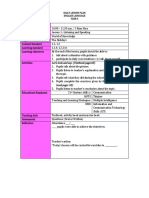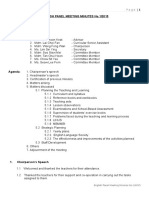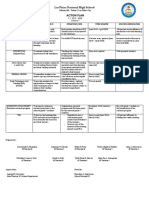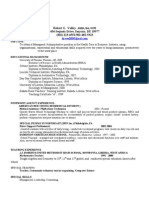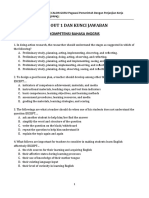0% found this document useful (0 votes)
11 views31 pagesStructure of The Class
The KidsBrain Mental Development program employs a playful and active learning structure that includes warm-ups, independent work, reinforcement activities, competitions, and assessments to engage students. The curriculum incorporates various activities using the abacus to develop mathematical thinking, memory, and cognitive skills, alongside English language learning. Continuous assessment and classroom management strategies are emphasized to foster a positive learning environment and ensure student progress.
Uploaded by
Erik Graterol ZabiranCopyright
© © All Rights Reserved
We take content rights seriously. If you suspect this is your content, claim it here.
Available Formats
Download as DOCX, PDF, TXT or read online on Scribd
0% found this document useful (0 votes)
11 views31 pagesStructure of The Class
The KidsBrain Mental Development program employs a playful and active learning structure that includes warm-ups, independent work, reinforcement activities, competitions, and assessments to engage students. The curriculum incorporates various activities using the abacus to develop mathematical thinking, memory, and cognitive skills, alongside English language learning. Continuous assessment and classroom management strategies are emphasized to foster a positive learning environment and ensure student progress.
Uploaded by
Erik Graterol ZabiranCopyright
© © All Rights Reserved
We take content rights seriously. If you suspect this is your content, claim it here.
Available Formats
Download as DOCX, PDF, TXT or read online on Scribd
/ 31



